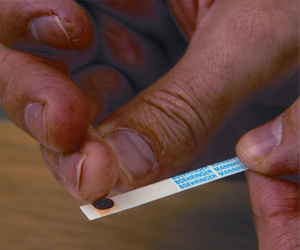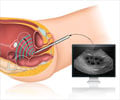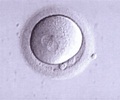
‘Scientists have chosen ultrasound as a method for blood coagulation monitoring, since it is noninvasive and allows measurements in deep-lying large blood vessels, in which thrombus formation is most dangerous. ’
Tweet it Now
In the paper published in PLOS ONE, a new approach based on ultrasonic registration of blood coagulation in its early stages has been developed. Continuous ultrasonic monitoring of the blood's aggregate state was performed using the in vitro blood flow model. An injection of a fibrinolytic drug was performed automatically on the basis of ultrasonic data. The authors have shown that the ultrasonic monitoring technique allows detecting the stage of coagulation at which timely pharmacological intervention leads to a fast and complete dissolution of the fibrin clots being formed in blood flow. According to the head of the research group, professor Georgy Guria of MIPT's living systems physics department, who also heads a laboratory at NRCH, "due to the progress in the field of compact ultrasonic sensors, our work opens new prospects for creation of wearable devices for timely medical assistance to patients with a high risk of thrombosis."
The authors are open for collaboration: [email protected]
Source-Eurekalert














